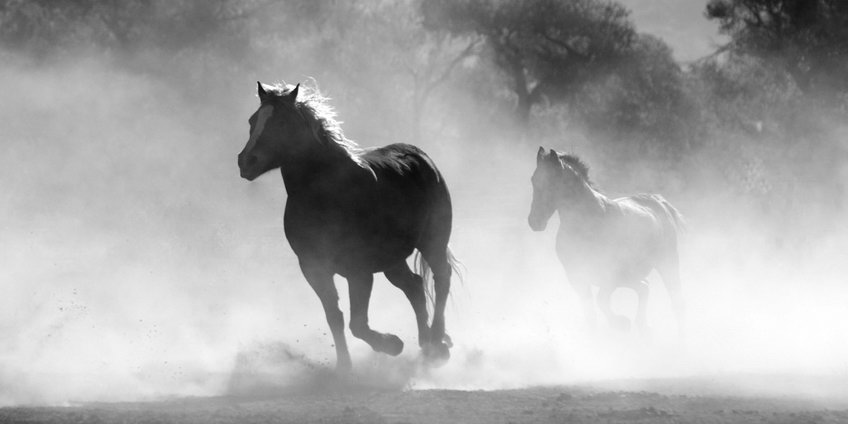008. Definition of Power

Motion or movement is in the very essence of the Universe. Absolutely everything in the Universe moves in some way or another. From atoms to stars and galaxies, everything! A house may look static relative to Earth’s surface, but it circles around the Sun together with Earth and also, all three of them move together around the center of our galaxy.
- Motion is process of changing position of an object in time.
Motion is also in the very essence of human existence. Each and every human activity starts with the movement. Without the movement we would be a plant-like organisms (ouch, what a boring life that would be). Fortunately, Nature gave us muscles, so we could move ourselves and things around us. Muscles are biological motors. Muscles are able to generate force which can initiate, maintain, change direction or prevent the motion.
- Force is ability to move objects.
So, our muscles are capable of generating force which then causes movement of our body and objects around us. Force generation is the most important muscle quality and it is called strength.
- Strength is ability to generate force.
Intensity of generated force depends on muscle strength. Heavier objects require generation of greater force, which in turn requires stronger muscles. Beside the fact that stronger muscles will generate greater force, they will also become better in many other ways. Even if strength may not be your main goal, you will achieve numerous benefits from stronger muscles. Think about muscle size, muscle efficiency, speed, explosiveness, resistance to injuries, coordination, balance, to name a few benefits right off the bat. Stronger athlete is always a better athlete and strength is the main characteristic of athleticism.
Main characteristic of motion is speed. It represents ratio between distance and time, thus tells us how much distance some object has traveled per unit of time. Higher speed means covering more distance over fixed time interval or covering a fixed distance for shorter time interval.
- Speed is the rate of motion.
Just like strength, speed is also a very desirable quality in sports, as well as in daily activities. Training for speed is related to training of the central nervous system (CNS) and the peripheral nervous system (PNS) to generate and transmit neural signals in shorter period of time. It is also related to training muscles to quickly react, to contract in shorter period of time and to keep on contracting at a higher rate. The result is faster running, higher jumping and quicker reactions.
If you take a broad look at the Universe, you will see there are objects, there are movements, there are forces causing the motion of objects which are moving in space and time, thus, have some velocity. We will only downscale it all for our specific subject of training for power, but the basic principles of Nature are the same.
Strength is the scalar quantity of force. Speed is the scalar quantity of velocity. These two scalar quantities are interconnected and deeply associated to the phenomenon of motion. Strength is causing the motion and speed is the main characteristic of motion. When muscle strength generates force and applies it to some object, it will start to move at some speed. If something moves at any speed, that motion was caused by force generated from muscle strength. So, how the strength and speed correlate to each other? Ladies and gentleman, allow me to introduce the power:
Power is defined as a product of strength and speed. People usually don’t know the exact difference between power and strength or sometimes think they are synonyms for the same thing. To avoid any confusion, here are the simplest explanations of each physical parameter in terms familiar to lifters:
- Strength is ability to move weight.
- Speed is ability to move fast.
- Power is ability to move weight fast.
From the equation it is obvious that more strength means more power and more speed also means more power, so athletes can improve power by improving strength or by improving speed. For example, powerlifter and sprinter are both powerful, but highly specialized. Powerlifter does not need the speed of a sprinter, while sprinter does not need strength of a powerlifter. For average Joe, the most natural way seems to be improving both components simultaneously together. Eventually, a powerful amateur athlete may decide to specialize in any of the two components or bring each component up to its own limits independently from the other component.
Add comment
Fill out the form below to add your own comments